Master Heroes of the Storm's Garden of Terror map
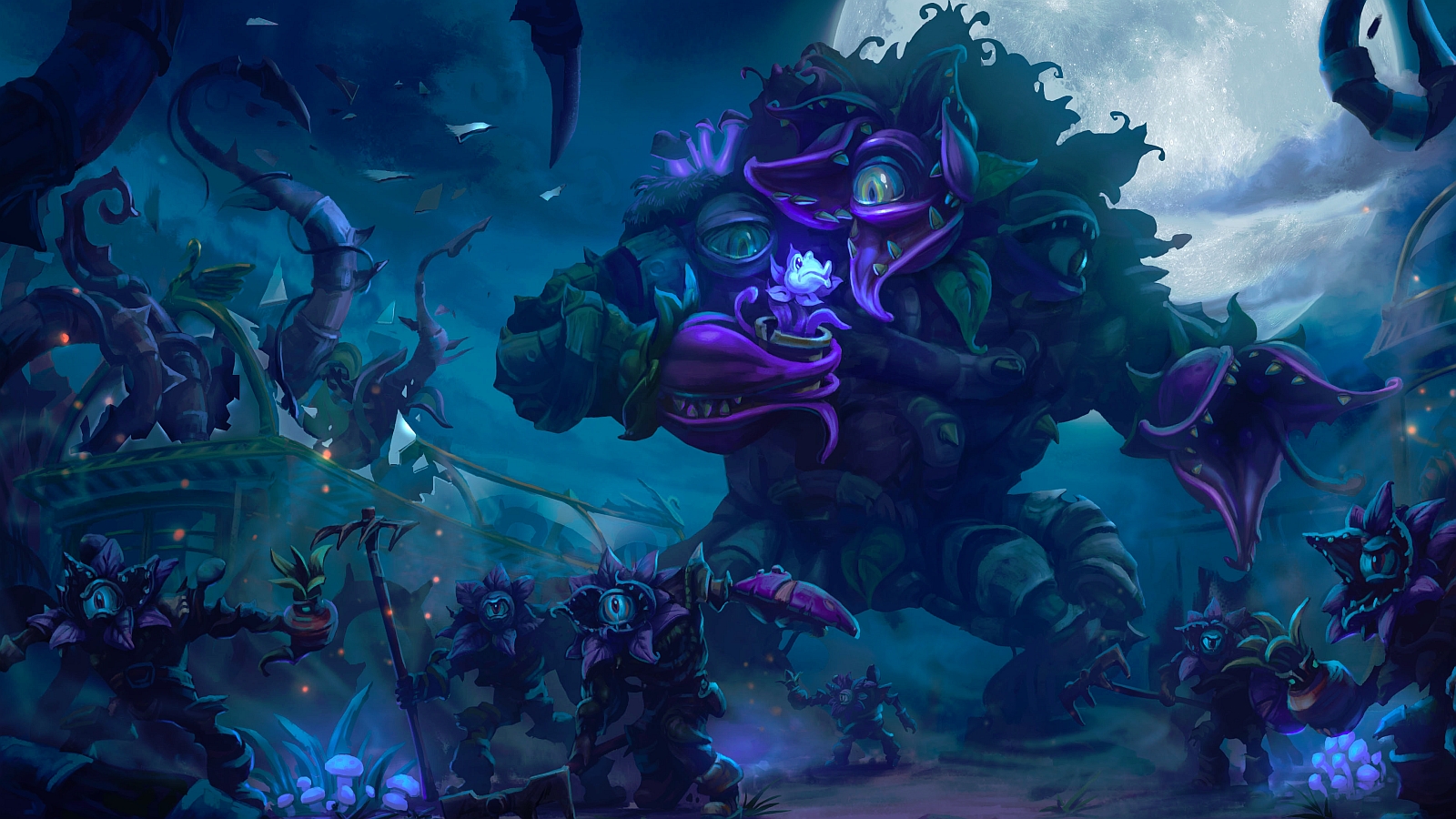
We covered Heroes of the Storm’s Dragon Shire a couple of weeks ago, and it only seems natural to move on to the other map with a monstrous player-controlled siege weapon: the Garden of Terror. As one of the maps that forces players to fight neutral monsters in the jungle, it’s not just about fighting the enemy heroes, but knowing when and how to explore the fog of war safely.
The basics
One of the larger maps, Garden of Terror features three lanes with two expansive areas between them. It’s too large for characters to regularly roam for experience. Instead, teams need to maintain at least one person in each lane at all times to keep up with levels. Given that fighting neutral jungle monsters is important for all characters on this map, heroes that can clear out minions and monsters safely are highly sought after.
As of a recent patch, 'monsters’ have been specifically defined as battleground-specific creatures, while minions remain as they were.
Garden of Terror’s objective is to collect 100 seeds from neutral monsters to allow your team to spawn your own Garden Terror, a player-controlled sieging unit. In order to facilitate the objective, Garden of Terror has a day/night mechanic, where seed-dropping terrors spawn between the lanes every night. There are no Dota 2-style mechanical changes at night—it just affects which monsters spawn.
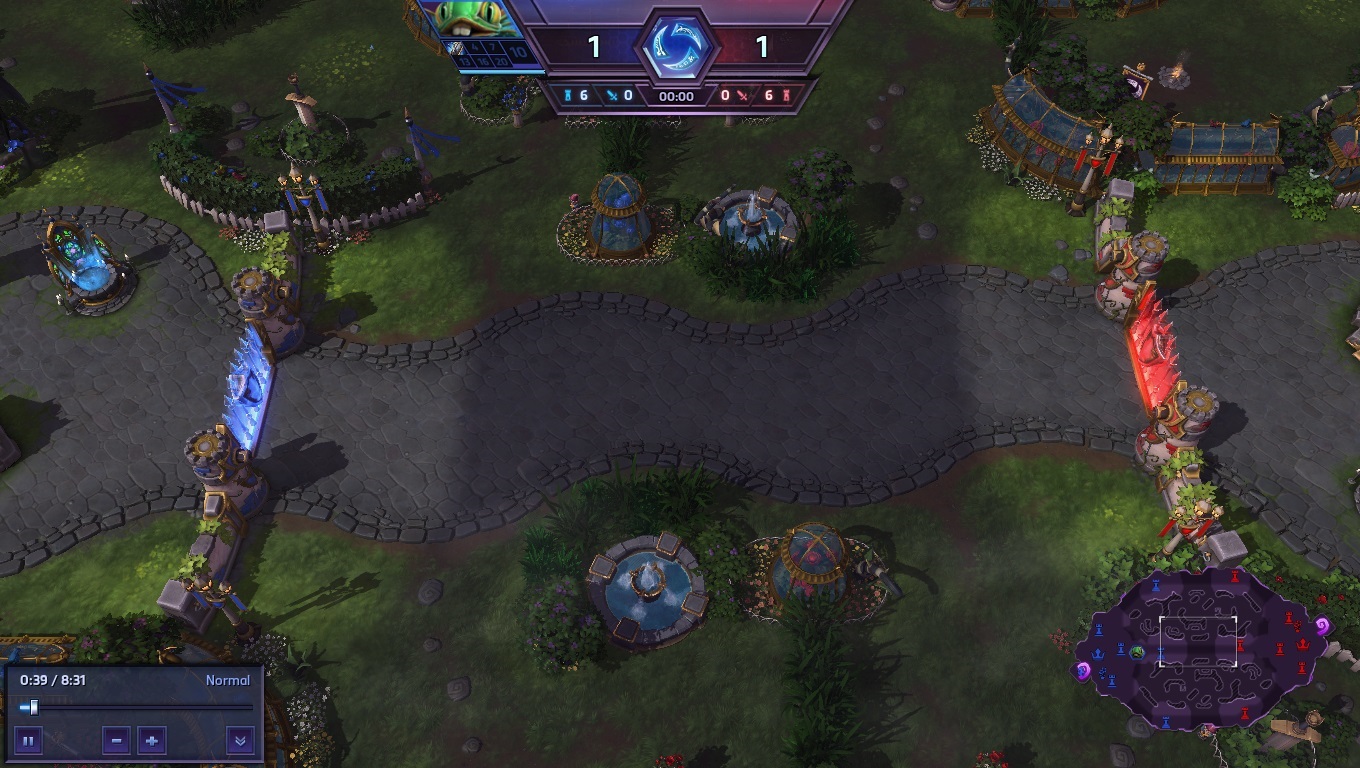
Picking your hero
While being able to focus down the enemy Garden Terror is important, heroes with any sort of area of effect ability are highly sought after in Garden of Terror along with heroes that can safely explore the fog of war. Some of the top picks are Leoric, Johanna, Kael’Thas, and Jaina.
To make sure your team doesn’t accidentally run into a trap when entering the jungle’s fog of war, supports like Tassadar, Tyrande, and Malfurion are useful as they all have abilities that can be used to scout the map and reveal enemies.
Being a large map where the team regularly has to leave lanes for objectives in the jungle, The Lost Vikings can do well—but they’re also an incredibly challenging hero to play well. If you’re a master of The Lost Vikings, give them a shot. Their ability to soak experience from three lanes at once is perfect for Garden of Terror.
Laning
There are two ways teams most often play the laning phase in Garden of Terror. The first is for three players to solo lane while a pair roam together (often two heroes with a bit of sustain and lockdown), while the other is to have a 1/2/2 or 1/3/1 split. Having a pair of roaming heroes is useful for putting the team ahead, but risks falling behind on experience if the enemy can push an ally out of lane. Keeping a 1/2/2 or 1/3/1 split between lanes often ensures maximum possible experience gain. Check your team composition and arrange yourselves accordingly.
The biggest gaming news, reviews and hardware deals
Keep up to date with the most important stories and the best deals, as picked by the PC Gamer team.
Your goal is to be ahead in experience or with your minions knocking on enemy turrets when the night starts, giving you and your allies a headstart in seed collection.
After night falls
There’s a short 30 second timer before day turns to night on Garden of Terror, after which you need to be in position to collect seeds.
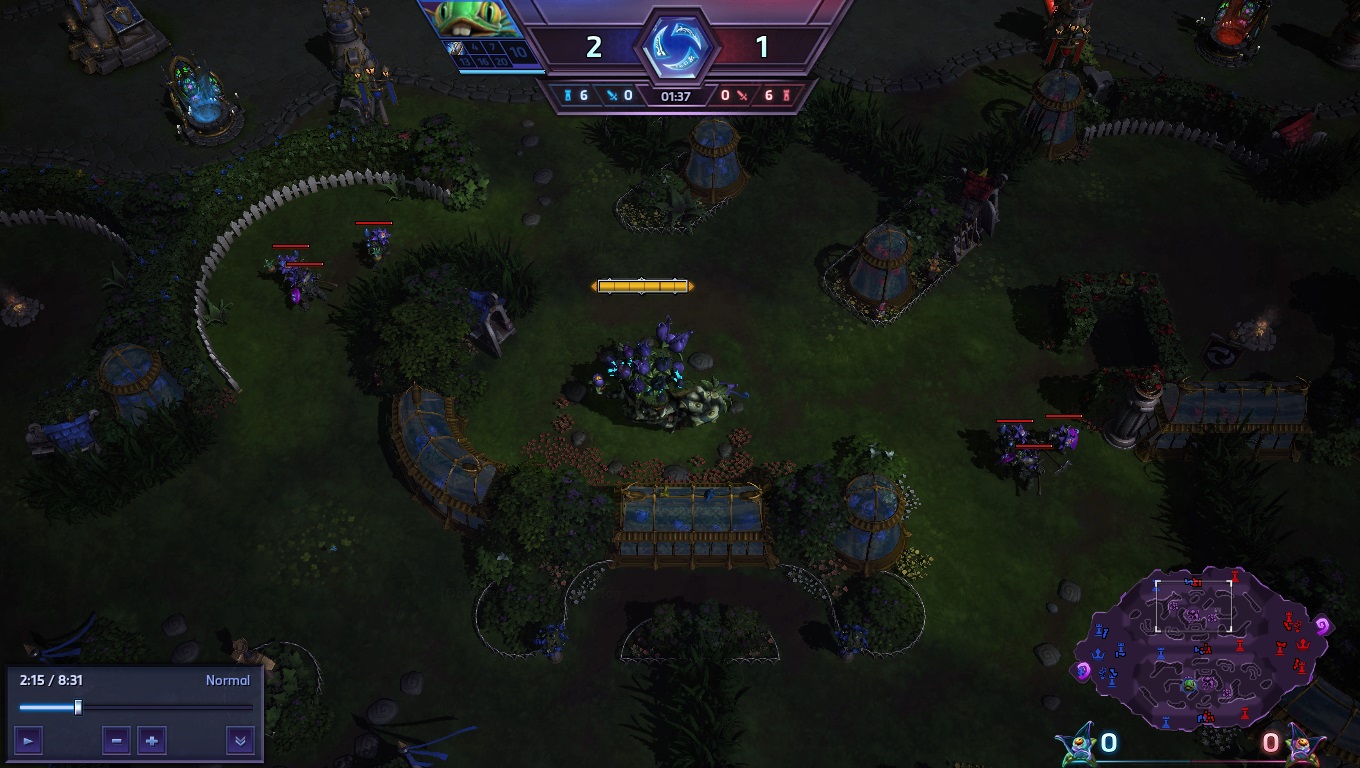
There are a total of 180 seeds available each night, so while it’s possible to get enough for a Garden Terror, the nature of the map’s two identical sides means a stalemate of 90 seeds for each team is common. If you’re not confident in your team’s early game fighting potential, focus on either the top or bottom side of the map and clear it out. You’ll match the enemy on a clean 90 seeds, both of you prepared for the next night.
The neutral monsters, also called Garden Terrors, exist in two varieties: packs of three small ones, of which there are four on the map, and large bosses, one on either side. It shouldn’t take long to clear out the small Garden Terrors on your own, and each one drops five seeds. The boss, however, requires the team to work together. It deals massive damage on each attack, and has two abilities: one which stuns and deals damage to units around it, and one which roots and damages units caught over time. Each boss drops a whopping 60 seeds!
The Garden Terror rises!
If you’ve collected 100 seeds, a teammate needs to go back to the fountain and collect it. Similar the Dragon Knight, this should usually be one of your tanks or a specialist. The Garden Terror’s abilities are:
Passive: Terror of the Garden—crowd control effects are halved in their duration
Q: Queen’s Curse—transforms enemies in a target area into plants, decreasing their movement speed drastically and preventing them from attacking or using abilities.
W: Overgrowth—spread vegetation in the target area that disables nearby structures and deals heavy damage to enemy structures, minions, and mercenaries. It loses health over time and can be destroyed by the enemy.
E: Sprint—gives the Garden Terror a speed boost.
R: Leave Garden Terror—allows the player to leave the Garden Terror.
The Garden Terror’s massive damage output not only destroys structures quickly, but it can also stop them from retaliating if its Overgrowth is left untouched. When playing as the Garden Terror, use Sprint to get into lanes quickly, and put your Overgrowth in roughly the position below. This means it will damage the fort, turrets, walls, fountain and gate simultaneously.
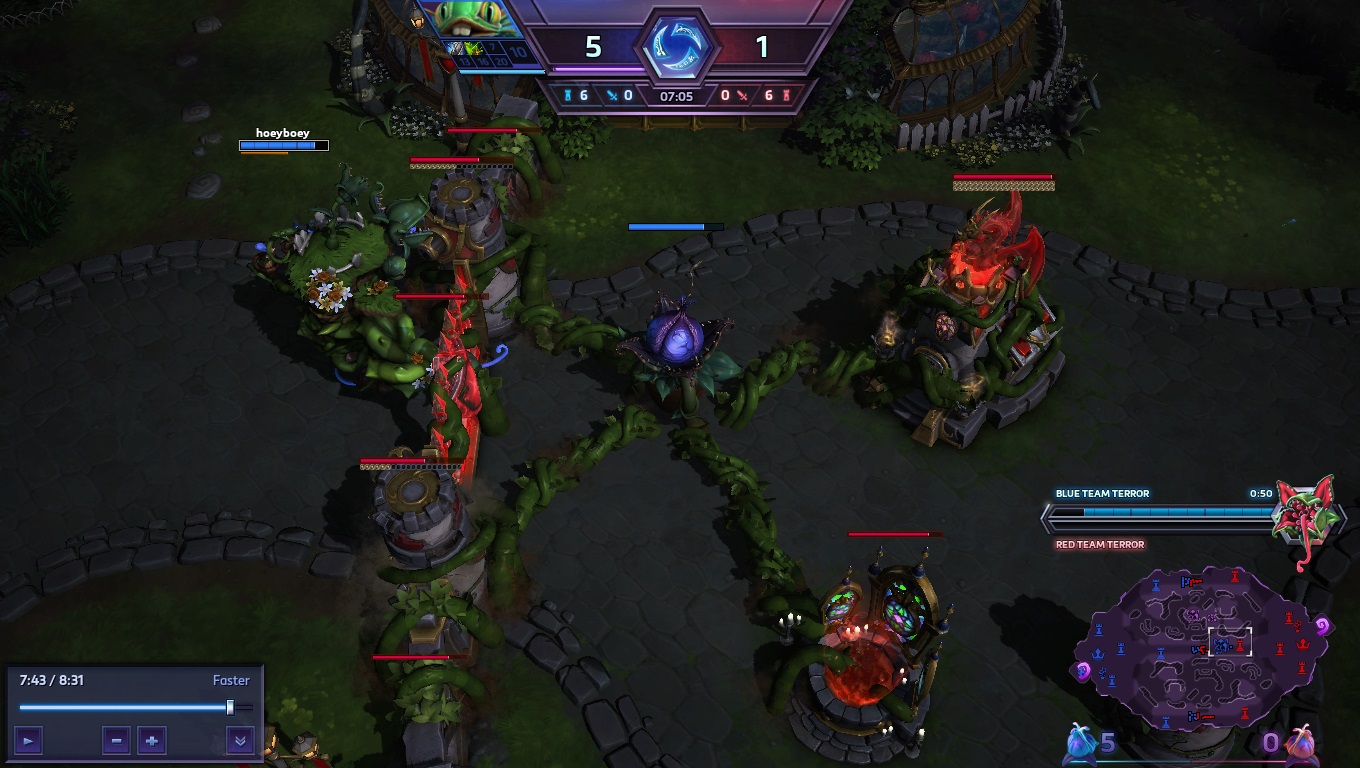
Use Queen’s Curse to disrupt enemies that are trying to destroy your Overgrowth. Early on in the game, when towers are still up, rotate between lanes as the Garden Terror to destroy all the turrets rather than focusing on one lane. You’re not invincible, and the Overgrowth cooldown is long. If it’s destroyed quickly, back off or Sprint to a new lane while the cooldown ticks away.
When an ally is playing as the Garden Terror, try to defend its Overgrowth: with the recent buffs to turret, fort, and keep damage, ensuring that they’re unable to attack is paramount.
If the enemy is using their Garden Terror, forget attacking it. Whenever Overgrowth is placed, you need to take it out fast. As soon as its Overgrowth is down, keep your assassins and specialists on the Garden Terror, with your supports and warriors disrupting the enemy team. Watch your positioning, though—while it’s a siege unit, the Garden Terror can quickly take out a weak hero with a few attacks or slow them enough for their team to collapse on you.
At the break of dawn
After the Garden Terrors are dead and gone, teams will return to their lanes and prepare for the next night. After the first night, it’s good to consider using your mercenaries—by capturing them just before night falls, you’ll force the enemy into either surrendering a structure or losing seeds in the jungle.
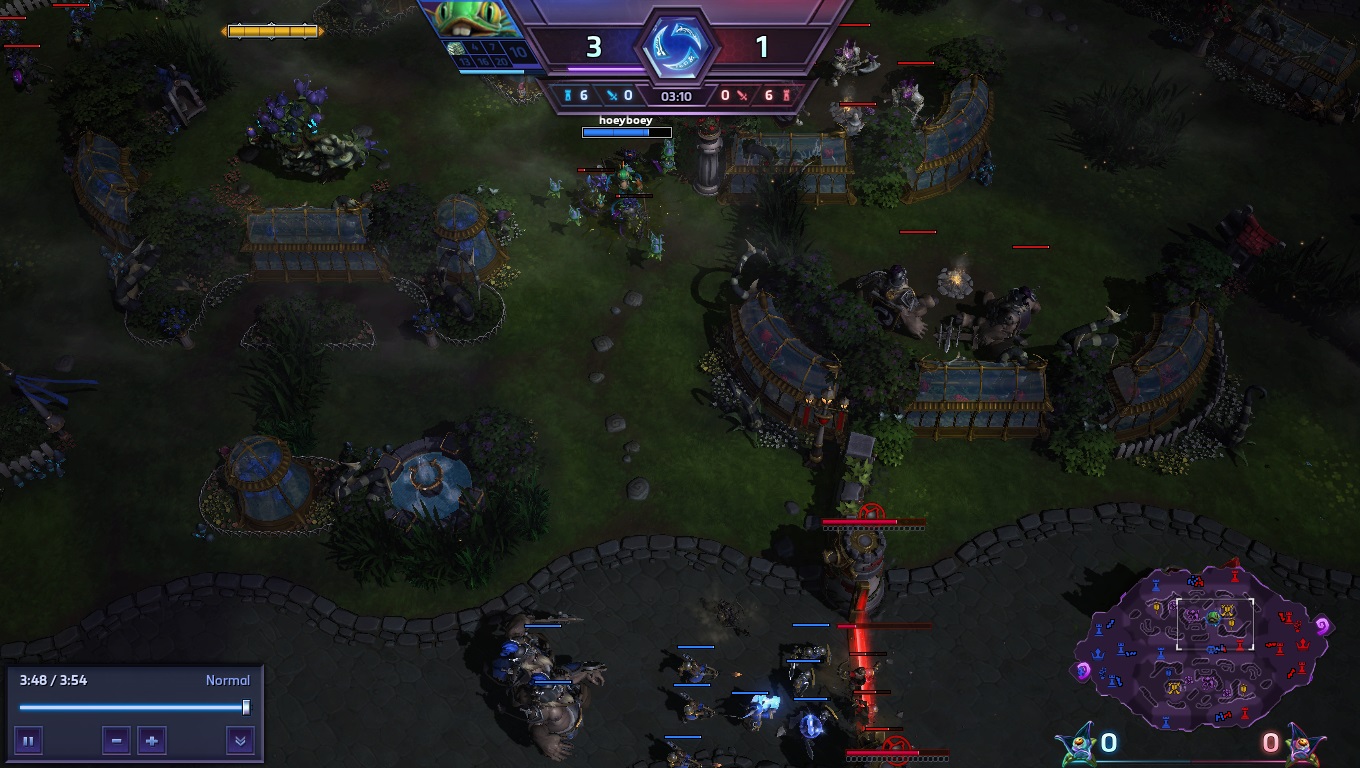
Garden of Terror stands out in that it’s one of few maps where it’s nigh-impossible to completely prevent the enemy from taking an objective. They will, eventually, get a Garden Terror of their own, and a cocky team can lose their edge if they don’t respect its power. No matter how far ahead you are, never let an enemy Garden Terror attack your structures uninhibited.
A back and forth will usually occur, with teams alternating between getting the Garden Terror and defending from the enemy’s each night. Try to pull ahead in experience by getting your Garden Terror first and ensuring the enemy’s isn’t used to its full potential. You’ll get your Garden Terror eventually. Even if you miss an opportunity to do summon one, as long as you use it more effectively than your opponent you’ll pull ahead. Don’t risk your whole team for a couple of seeds!
In short: nurture those seeds and Overgrowths and become a green-fingered victor in the Garden of Terror!
Find all of our other Heroes of the Storm map guides below:
Dragon Shire guide
Cursed Hollow guide
Blackheart’s Bay guide
Sky Temple guide
Tomb of the Spider Queen guide
Battlefield of Eternity guide
Infernal Shrine guide
Towers of Doom guide

